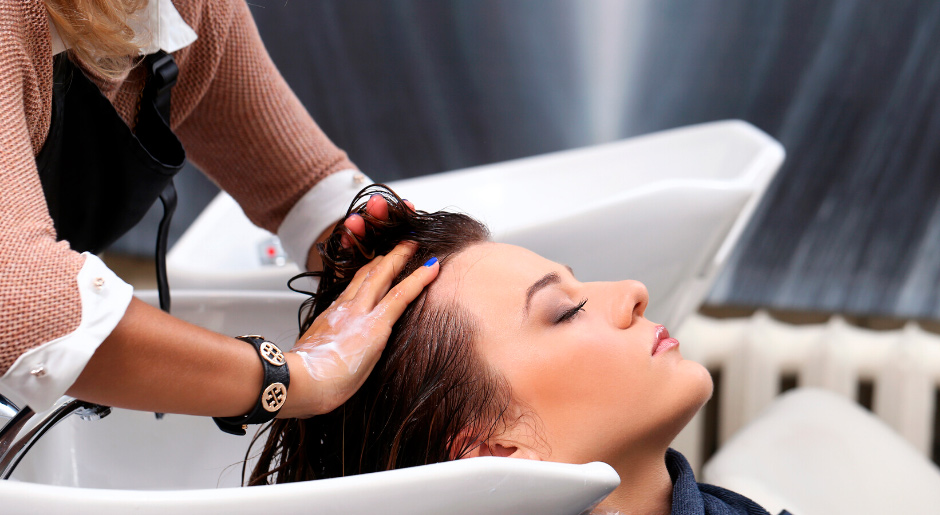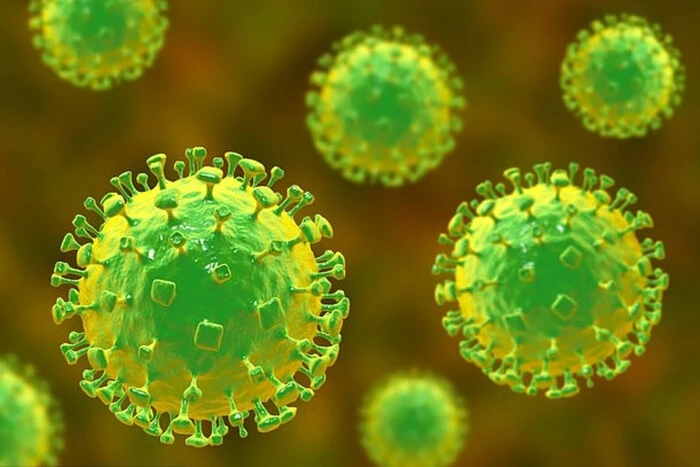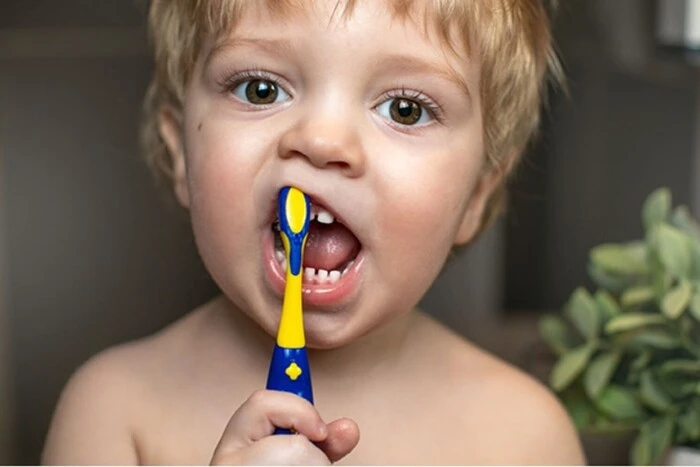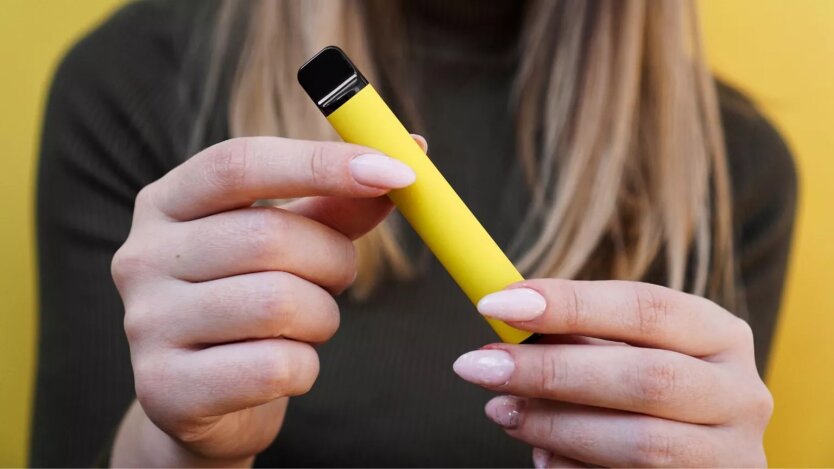How to choose the right shampoo for men and women.


Healthy hair is often associated with beauty and style. Therefore, the question of how to choose shampoo for men or women is important. It is important to consider how to choose shampoo for oily hair, for dry ends, and for colored hair separately. Also, the question of choosing shampoo for men is not less simple, as the type of their skin may differ from women's.
Returning to the question of how to choose shampoo for colored or damaged hair, it is necessary to consider several nuances. For example, the type of scalp, the length and condition of the remaining hair. In addition, how to choose shampoo for dry hair or other types depends on how often you have to wash your hair. Each feature affects the choice of shampoo (by composition and even consistency).
Right hair shampoo: how to choose shampoo for thin, damaged, and relatively healthy hair
Shampoo should always be selected according to 2 criteria - the type of scalp and the main problem of the hair. That is, you need to select shampoo for hair against dandruff (according to the type of scalp) and for brittle ends (according to the condition of the hair itself). Sometimes you need to select two products at once and alternate them. One of these products can be natural to reduce the negative impact on the hair.
Now let's look at the types of scalp. They can be classified into several main categories: normal, oily, dry, sensitive, and combination. Each type of skin requires special care and a suitable shampoo to support the health of the hair and scalp.
About what is being discussed:
Normal scalp. Average sebum secretion. That is, the hair remains clean and fresh for several days after washing. There is also no itching, irritation, and dandruff. Recommendations for choosing shampoo: it is better to use mild shampoos with a neutral pH. Shampoos with natural ingredients (aloe vera, chamomile, green tea) are also suitable. At the same Time, it is worth avoiding heavy formulas that can weigh down the hair.
Oily scalp. This is about increased sebum secretion, and the hair quickly becomes greasy near the roots. Also, problems with dandruff and clogged pores are often encountered. Recommendations for choosing shampoo: choose shampoos for oily hair that help regulate sebum secretion. Shampoos with tea tree extract, mint, citrus extracts work well. It is better to avoid shampoos with heavy moisturizing ingredients (oils, silicones). Instead, you can use shampoos with exfoliating properties to prevent clogged pores.
Dry scalp. This is a lack of sebum secretion, so the hair looks dull and brittle. Often accompanied by itching, flaking, and the appearance of dry dandruff. Recommendations for choosing shampoo: it is better to use moisturizing shampoos with nourishing ingredients (shea butter, coconut oil, glycerin). Shampoos with soothing components (aloe vera, panthenol) are also suitable. As for bad options, it is better to avoid shampoos with sulfates and aggressive cleansing agents. You can use conditioners and masks for additional moisture.
Sensitive scalp. Easily irritated by certain products, often accompanied by itching, redness, and discomfort. Reaction to chemical ingredients and fragrances can also occur. Recommendations for choosing shampoo: choose hypoallergenic shampoos with a minimal number of ingredients, and shampoos with soothing components (calendula, chamomile, oat extract) are suitable. As for restrictions, it is better to avoid shampoos with artificial fragrances, dyes, and sulfates. You can try shampoos for sensitive scalp and baby shampoos.
Combination scalp. It is oily at the roots and dry at the ends. Hair can look greasy near the roots in a day or two after washing. Hair ends are often brittle and dry. Recommendations for choosing shampoo: it is better to use shampoos for combination hair that balance the needs of the scalp and hair. Shampoos with light cleansing agents and moisturizing components are suitable. What is prohibited: overly aggressive cleansing agents that can overdry the hair ends. Instead, it is better to use light conditioners and apply them only to the ends of the hair.
Knowledge of your scalp type already simplifies the process of choosing shampoo. Additional care tips for the scalp can be added to them:
Regular washing. The frequency of washing depends on the type of scalp. It is better to wash greasy skin more often, and dry skin less often.
Scalp massage. Massage improves blood circulation and stimulates hair growth.
Nutrition and hydration. Use nourishing masks and oils for the scalp and hair.
Avoid overheating. Use a hairdryer and other styling tools at a minimum temperature.
Sun protection. Use hats and products with UV protection when spending a long time in the sun.
A correctly selected shampoo and regular care will help maintain the health of the scalp and hair, making it beautiful and well-groomed.
How to choose the perfect shampoo for hair?
The right shampoo can help solve various hair problems such as dryness, oiliness, brittleness, dandruff, and hair loss. That is, orienting to the problem allows you to choose the shampoo quickly.
Problem: oily scalp and hair
The shampoo helps with excessive sebum secretion. Shampoos for oily hair contain ingredients that control the secretion of sebum. This helps keep the hair clean and fresh for longer.
Deep cleansing is needed for this problem. Such shampoos contain stronger cleansing components, such as sulfates, which effectively remove excess oil and dirt. It is necessary for scalp exfoliation. Some shampoos contain exfoliants that help cleanse the scalp of accumulated oils and dead cells.
Examples of ingredients: citrus extracts (lemon, grapefruit), tea tree extract, mint, and salicylic acid.
Problem: dry and brittle hair
In this case, the hair needs hydration. Shampoos for dry hair contain moisturizing ingredients that help restore the water balance of the hair and scalp.
Softening and moisturizing are needed. These shampoos are enriched with oils and proteins that strengthen and nourish the hair, making it more elastic and less prone to breakage.
Also needed are mild cleansing agents. Such shampoos often do not contain sulfates and other aggressive ingredients to prevent overdrying the hair. Examples of ingredients: shea butter, coconut oil, argan oil, glycerin, and panthenol.
Problem: dandruff
How shampoo helps:
Antifungal ingredients. Anti-dandruff shampoos contain ingredients that fight the Malassezia fungus that causes dandruff.
Softening and moisturizing. These shampoos also contain components that soothe the scalp and moisturize it, reducing flaking and itching.
Exfoliation. Shampoos with exfoliating properties help remove dead skin cells from the scalp, preventing dandruff formation.
Examples of ingredients: zinc pyrithione, ketoconazole, selenium sulfide, tea tree extract, and salicylic acid.
Problem: hair loss
How shampoo helps:
Strengthening hair follicles. Shampoos for hair loss contain ingredients that strengthen hair roots and stimulate hair growth.
Improving blood circulation. These shampoos contain components that stimulate blood circulation in the scalp, providing the best nutrition to the hair follicles.
Nutrition and hydration. Shampoos also contain nourishing and moisturizing ingredients that improve the overall condition of the hair and scalp.
Examples of ingredients: biotin, caffeine, nettle extract, niacin, and peptides.
Read also
- Inflammation in the body: how to detect it at an early stage?
- They Cause Inflammation of the Brain. Researchers in China Discovered Two Deadly Viruses for Humans
- 16 regions of Ukraine need donor blood
- Ukraine will develop the reconstructive surgery system
- In Sweden, a couple will go to prison for not brushing their children's teeth
- Complete Failure of the Reform: Ukrainians Shocked by Data on Teen Smoking










